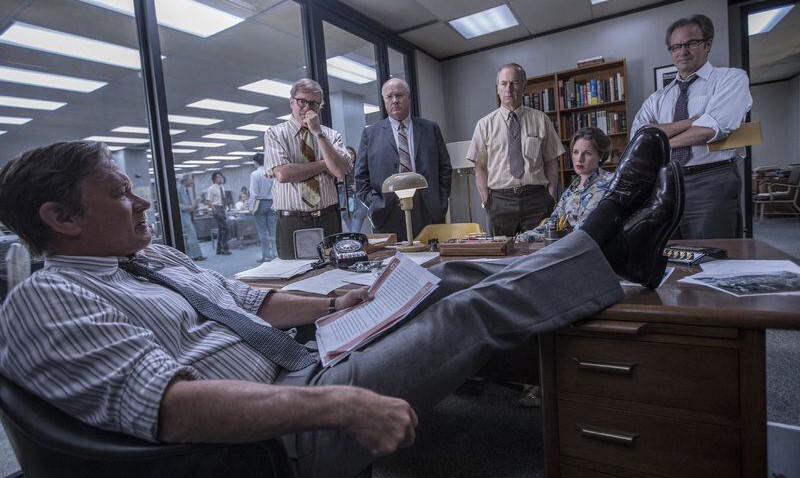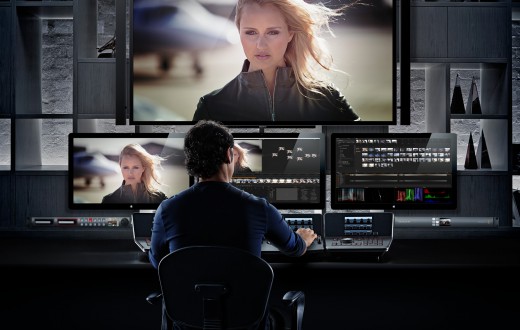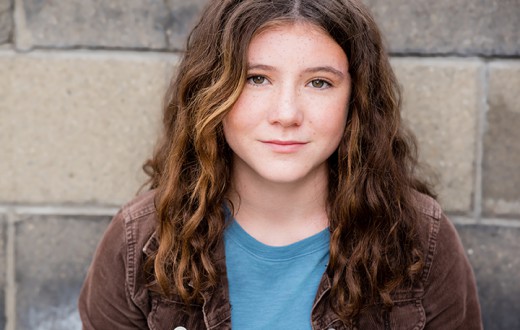Creating a captivating presence on film involves far more than delivering lines with emotional accuracy. One of the most overlooked, yet crucial aspects of an actor’s performance is the development of body movements, especially for wide shots. Wide shots are used in film to establish the scene, show the actor’s placement in the environment, and occasionally, to highlight the physicality of a performance. This article delves into the importance of developing body movements for wide shots, offering insights and advice for actors looking to enhance their on-screen impact.
Understanding the Wide Shot
A wide shot encompasses a broad view of the scene, often showing the actor’s entire body. Unlike close-ups, which focus on facial expressions and subtle movements, wide shots capture the actor’s full physicality. This necessitates a heightened awareness of body movements, as every gesture and posture communicates something about the character.
The Language of Movement
Body language is a powerful tool in storytelling. It can convey a character’s emotions, intentions, and personality without a single word. Renowned actors like Charlie Chaplin and Buster Keaton, masters of silent film, relied almost entirely on their physicality to convey complex emotions and narratives. Chaplin once said, “Action is more generally understood than words. Like the Chinese symbolism, it will mean different things according to its scenic connotation.” This highlights the universal language of movement, transcending spoken language and cultural barriers.
Physicality in Characterization
Developing distinctive body movements can significantly enhance character differentiation. Consider how Johnny Depp immerses himself into roles, using unique gestures and movements to bring characters like Jack Sparrow to life. Depp notes, “With any role, you’re extending yourself and acting out things that never happened to you.” This transformation often requires meticulous attention to how a character moves in different spaces, including wide shots.
Enhancing Spatial Awareness
In wide shots, actors must be acutely aware of their surroundings. The relationship between the character and the environment can add depth to the scene. Meryl Streep, known for her unparalleled ability to fully embody her characters, emphasizes the importance of movement in acting. “Acting is not about being someone different. It’s finding the similarity in what is apparently different, then finding myself in there.” This includes navigating the physical space in wide shots to tell a story through movement.
Embodying the Scene
Wide shots offer a unique opportunity to utilize the actor’s entire body to communicate with the audience. Ian McKellen, a stalwart of both stage and screen, advises actors to think of their bodies as instruments. “An actor’s body should be full of emotions, whether it is love or hate, and he should express himself with his gestures, his eyes, and the tone of his voice.” This holistic approach to acting is crucial for wide shots, where the actor’s body language can significantly impact the scene’s emotional tone.
Practical Tips for Developing Body Movements
- Study Movement: Take classes in dance or martial arts to become more in tune with your body and its movements.
- Practice Mindfulness: Develop an awareness of how you move in everyday life. This mindfulness can translate into more deliberate and expressive movements on screen.
- Character Exploration: Spend time exploring your character’s physicality. How do they walk, sit, or react to their environment?
- Rehearse in Costume: If possible, rehearse in your character’s costume. It can significantly affect how you move and carry yourself.
- Feedback and Adjustment: Use rehearsals and takes to experiment with different movements. Review footage with your director to see what works best for the character and the scene.
In conclusion, the development of body movements for wide shots is a vital skill for actors. It requires a deep understanding of the character, a strong sense of spatial awareness, and the ability to convey emotion through physicality. By embracing these aspects, actors can enhance their performance, bringing a richer, more engaging experience to the audience.






